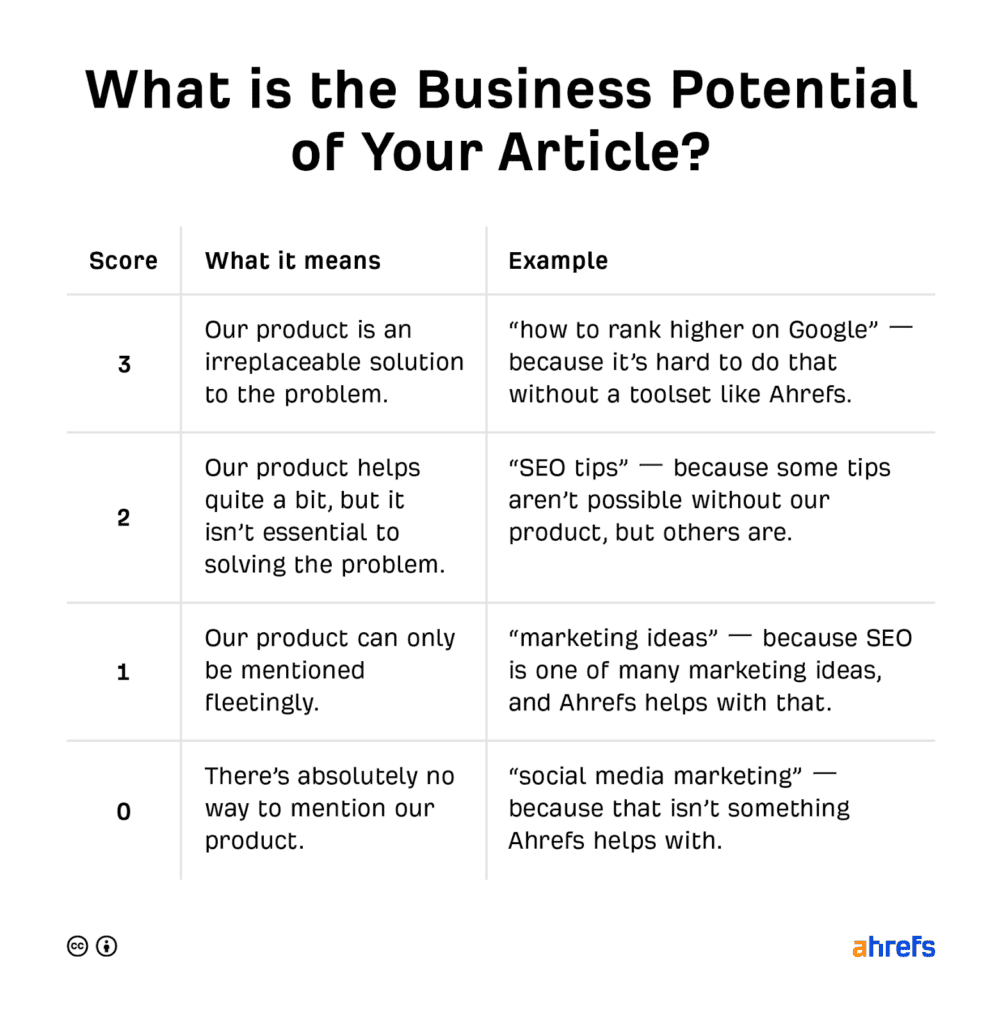Inbound marketing is often presented as THE winning marketing strategy of the 21st century. You’ll see: if you get started, you’ll generate leads galore and reach (or even exceed) your business goals. Yet, some people have tried it and… they failed.
Here are the 10 common mistakes that can cause you to fail at inbound marketing and how to avoid them.
1. Not having management support
No, inbound marketing is not a smooth ride. Contrary to what some articles suggest, it is not enough to apply a universal recipe step by step to succeed in inbound marketing,
To reach your goals, you need to convince and unite your internal collaborators. Inbound marketing requires the involvement of all employees, especially the sales team. But to get everyone on board, the support of your boss is essential.
Not only does management have to play a driving role in making inbound marketing a company strategy. But the boss must also get involved by sharing your content and encouraging employees to do so.
In addition, the support of the management is necessary to obtain the necessary budgets. It’s up to you to intelligently distribute the money allocated to maximize the impact of your actions.
2. Not properly defining your personas
The success of an inbound marketing strategy depends on the creation of relevant content. Upstream, defining buyer personas is an essential exercise to ensure that your content addresses the pain points of your target customers.
However, one of the most common mistakes in inbound marketing is to launch into content production blindly. In the end, you will create content that will flop because it will not reach the right people. Also think about the different personas involved in your sales process, between the end user and the decision maker.
Beware also of the opposite mistake. If you want to draw too ideal buyer personas, you will create aliens that do not exist in reality. And you will base your content strategy on chimeras.
3. Not planning your content production
Even with good personas, you can still screw up the implementation of your content strategy. For your content to generate leads, you will need to combine quality, regularity and variety.
Being regular in your content production is not as easy as it seems. But to succeed, you need to create an appointment with your audience. At the beginning, everything is going well. You’re into it, you have lots of ideas.
But if you don’t plan your content production, you risk running out of steam and producing content on a weekly basis.
Similarly, if you produce your content in-house, you’ll need to make sure you have enough time and resources. Otherwise, you will fall behind the editorial schedule you had established.
Finally, if the content is produced by the marketing department, you may focus on the first steps of the buying cycle. And you will lack content for lead nurturing and conversions.
To avoid this, we advise you to refine your editorial planning.
4. Produce content only to attract traffic
You are a marketer and, if you don’t do yourself any violence, you will tend to produce content only for the first phases of the buying journey or that is in line with what is currently working on social networks. Because that’s the way it is. Traditionally, you take care of the beginning of the buying cycle and then the sales people take over! So, you will produce content for the discovery phase to attract visitors to your website and generate leads.
The mistake is that, to run an inbound marketing strategy, it is not enough to generate leads, you also have to convert them. But if you don’t take the whole customer journey into consideration, you will generate leads… And then what? How will you move them through your conversion tunnel? With what fuel will you feed the leads that are not yet ready to buy?
If you don’t have content for all three phases of the buying cycle (discovery, evaluation and decision), you will end up with leads stuck in the middle of your conversion tunnel. Leads that your sales people will never see.
5. Only talk about yourself
In inbound marketing, the main goal is to get your customers to come to you by talking about what interests your customers. If you talk too much about yourself, you risk talking to yourself.
Start from your customers’ problems and propose relevant, useful and disinterested content. This does not mean that you should never talk about yourself and deal with subjects that have nothing to do with your company!
You can naturally incorporate use cases for your product or service into your content without seeming to overdo it if you cover the right topics.
For example, SEO tool Ahrefs focuses only on topics that their product can solve by following a “business potential” score (3 for topics where their service is an irreplaceable solution, 2 when their product helps but is not essential, and 1 if their product can only be mentioned by stealth). By dosing their articles with different scores, they ensure that they are addressing the issues of their audience while being able to mention their product where relevant.
6. Not promoting your content
Producing good content doesn’t do much good if you neglect distribution. A good distribution strategy increases the reach and durability of your content. However, a lot of content is distributed only once and only on official company pages.
A good article requires you to spend time (to collect information, to write, to find the right visuals, to proofread and correct it) and it is a shame to publish it on your blog and then send it only once by email to your newsletter subscribers. Use the power of social networks and ask your collaborators, your customers, your business partners to share your content via their social accounts. This is an effective technique to multiply the value of your articles, videos or infographics (and it’s good for the engagement of your collaborators).
At this point, you should adopt a formalized webcasting strategy that involves all employees. And, in particular, sales people, in a social selling approach. You can also adapt your content to different formats that are suitable for social networks: surveys, infographics, video or even a carousel for LinkedIn.
Secondly, remember to update your content regularly to ensure that its SEO performance remains optimal and to give it a second life.
7. Not converting your visitors
You will create content that generates traffic. But, at the same time, you will still not be guaranteed to convert your visitors.
You will fail if you don’t make it clear to your visitors what you want from them. Once they’re in your home, it’s up to you to show them the way and to create a navigation path full of cleverly placed conversion tools.
Indeed, many companies see their traffic increase but have high bounce rates and disappointing conversion rates. If this is the case, it is often due to insufficient customer journey design. For example, media investments that don’t lead to a landing page or search traffic acquired through unrelated articles.
Either the site does not follow the preferred paths of Internet users, or the conversion tools (call-to-action, landing page, forms) are not efficient and must be rethought.
8. Choose a tool and not a partner
Inbound marketing requires time and resources. It’s hard to imagine success without an all-in-one tool that will free you from the most time-consuming tasks and allow you to automate lead management.
But faced with a still young market and a multitude of service providers, you may find yourself sweating when making your choice.
What should you do? Choose the tool that offers the most features because you never know? Take the most reputable one to be sure not to make a mistake? Call a good friend who has just bought a new tool and choose the same editor?
What if the right choice was simply to choose a partner that fits your size and is in line with your values?
9. Not aligning your marketing department with sales
You will implement your strategy with the approval of your boss, the necessary budgets and resources. After a few months, when you take stock, you won’t see the expected gains in sales effectiveness. Worse, your sales people will start to wonder what you are doing wasting so many resources to provide them with leads that still don’t convert.
If that’s the case, your warnings should go off. You forgot that inbound marketing offers a 360° view of the buying journey. And, therefore, for your strategy to work, you should have focused on a perfect alignment between marketing and sales.
By defining your tunnel and tracking conversion rates, you will potentially need to evolve your organization. The different touch points of your prospects divided between the teams allow both departments to be linked by common work steps and tools.
To set up shared and quantified objectives, you can use the “predictable revenue” method. By calculating your conversion rates at each stage of your acquisition tunnel, you can establish progress projections. Set a number of customers to reach, then work backwards to determine a number of SQL generated by sales, then leads by marketing, etc. By giving concrete objectives to both teams, they will work together on a sound and numerical basis, especially if you have been able to involve marketing and sales in their development. You can also involve them in the creation of your buyer persona.
10. Not tracking your results
The good thing about inbound marketing is that it happens mostly on digital. And we know how to measure and analyze digital with precision. So rather than blindly going ahead with your actions, it is important to take the time to measure the impact of your actions and analyze what is effective, what needs to be improved and what needs to be stopped.
By starting to set SMART objectives and KPIs to track them, you ensure that you always have a compass to guide your marketing actions. You can then put in place the tools and routines to track these different indicators.
To track the results of your website and blog, a web analytics tool like Google Analytics will help you, while to track your bottom-of-the-funnel metrics, like leads and prospects, a marketing automation tool like Plezi will suit you.
Are you going to start inbound marketing? Be careful because the road is full of pitfalls. And the slightest mistake can have a cascading effect on your strategy. On this blog, we present many tips on how to avoid these common mistakes. What mistake do you still see too often?






